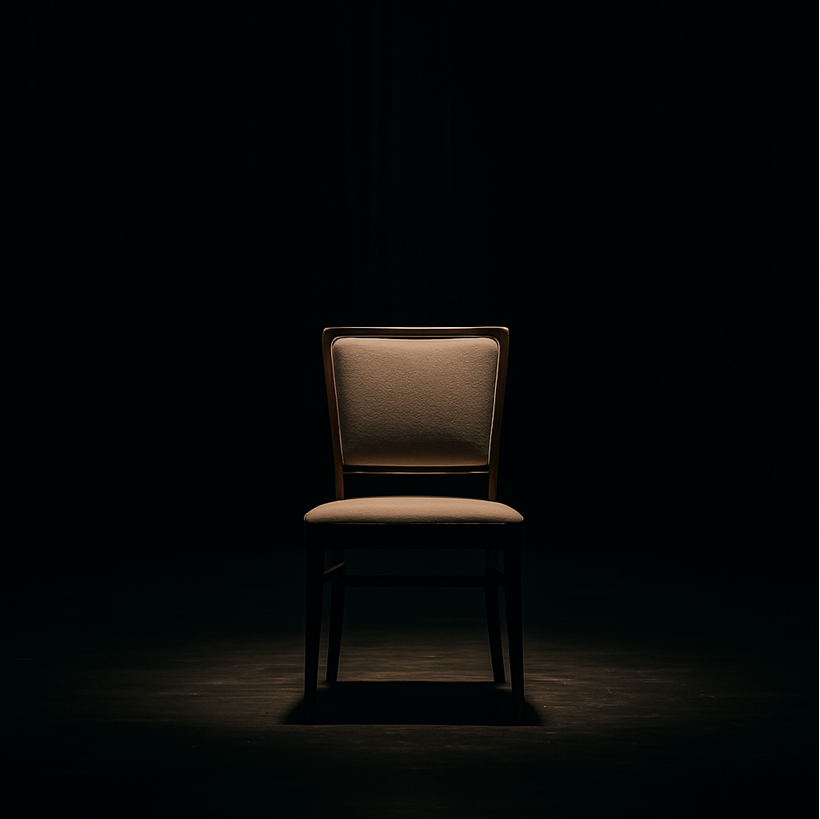Saudi Arabia.. New archaeological discoveries at Al-Ukhdood site
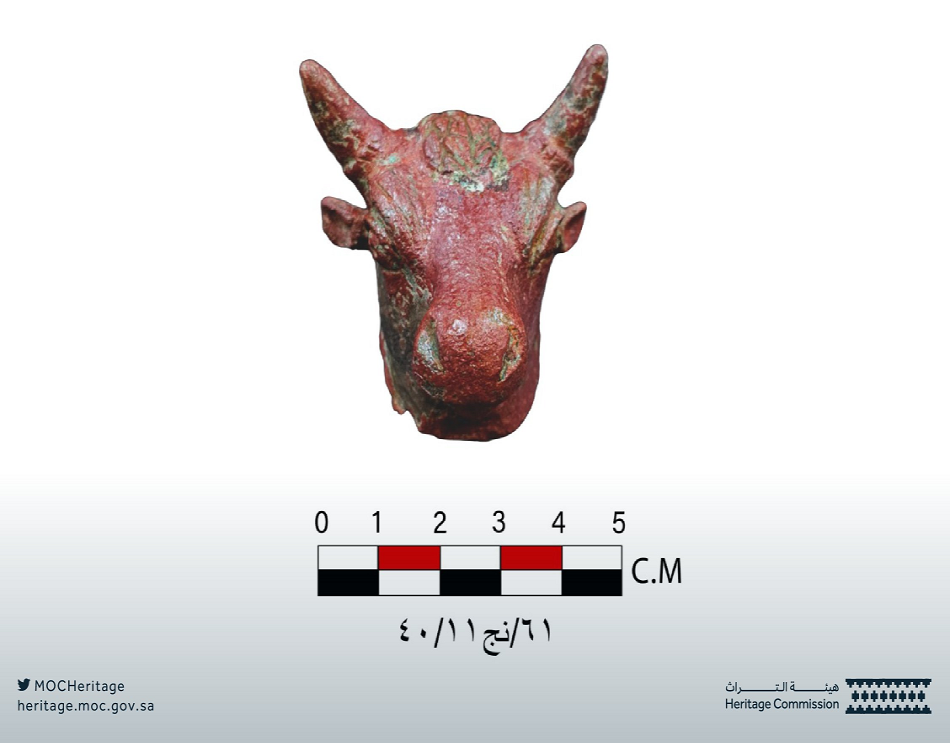
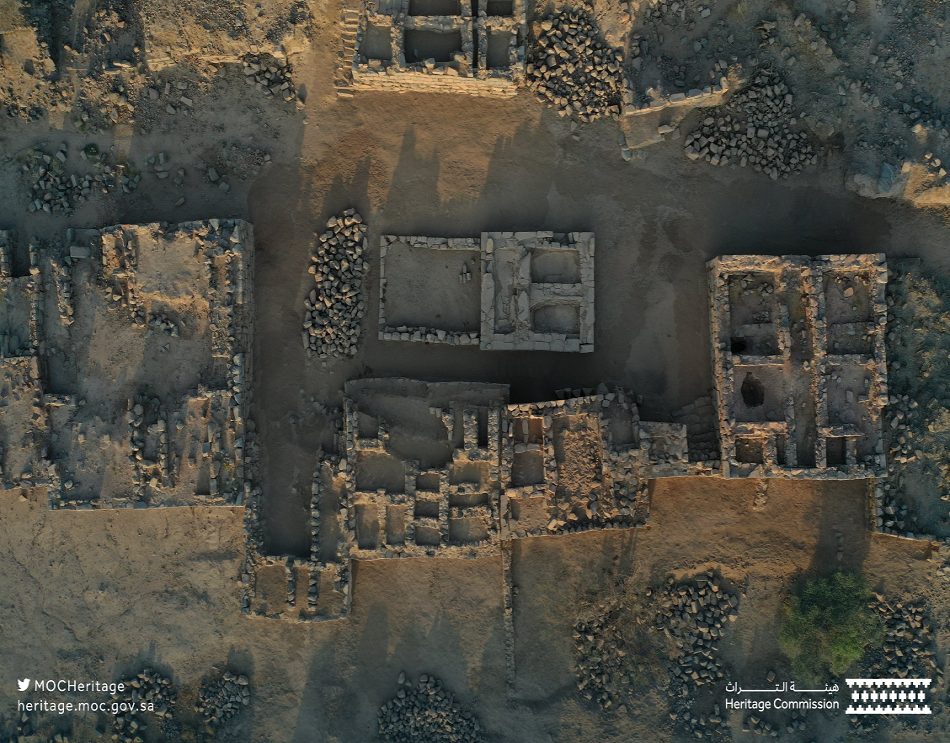
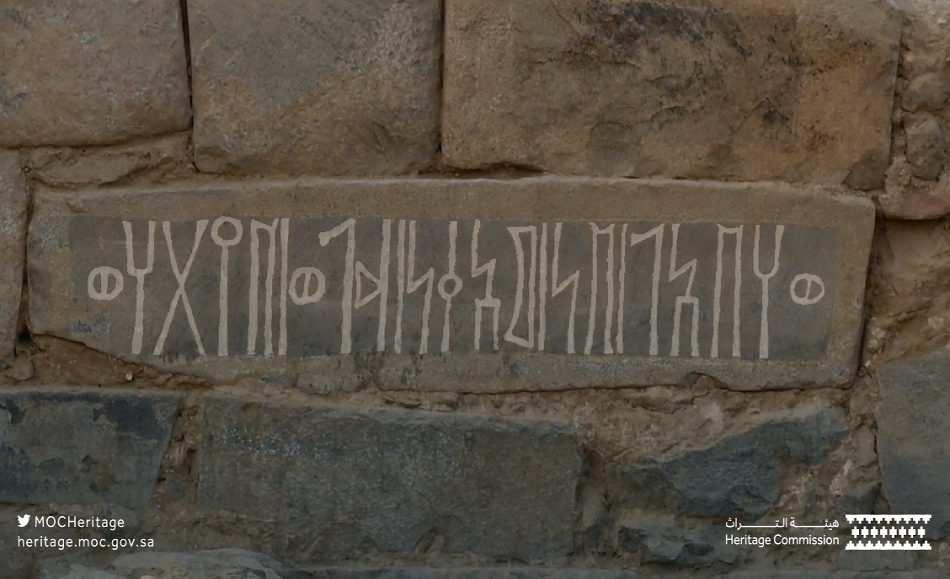
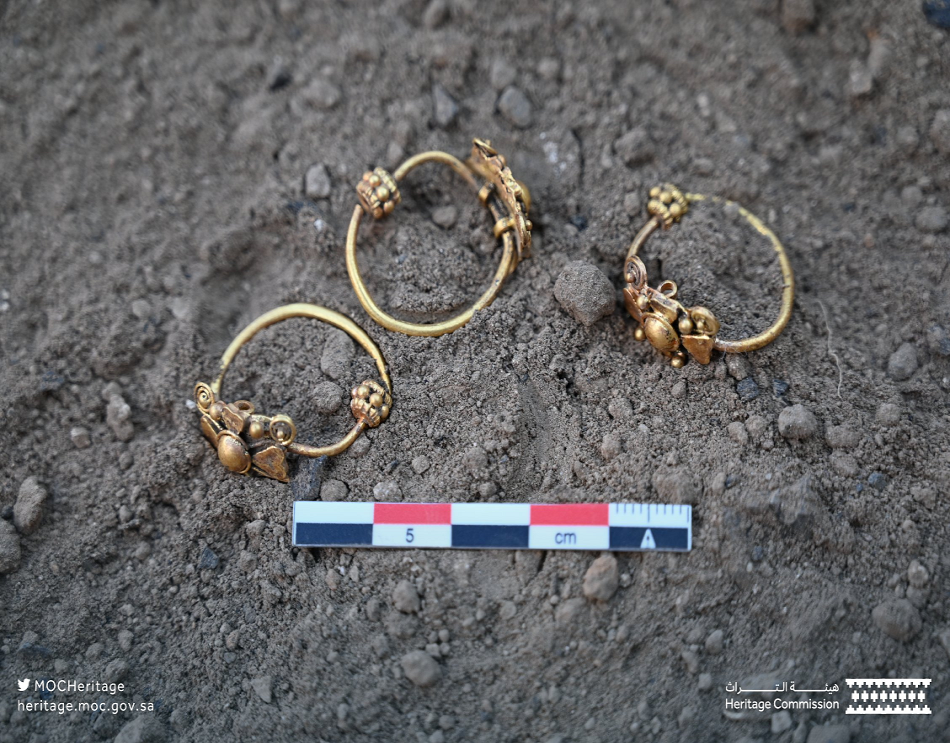
The Saudi Heritage Authority announced the discovery of a number of Musnad inscriptions, three rings and a bull's head made of bronze, as part of the excavations that the Heritage Authority teams are conducting at the Al-Ukhdood site in the Najran region.
The authority stated that the southern inscriptions discovered at the Al-Ukhdood site in Najran are of a memorial nature, and the most important and most prominent of them is a large inscription inscribed on a granite stone, consisting of one line, with a length of 230 cm and a height of approximately 48 cm, and the length of its letters reaches 32 cm, thus making it longer. A Musnad inscription found in that area, and belonging to a resident of the Al-Ukhdood site, and his name is (Wahb Ail bin Maqen), mentions through this inscription that he worked in watering his house and perhaps his palace.
Three gold rings with butterfly-shaped decorations on the top, all of which are of the same shape and size, were also discovered. They are among the archaeological finds that had not been previously discovered at the Al-Ukhdood site during previous scientific projects, in addition to finding a bull’s head made of bronze on it. Traces of oxidation, work is currently underway to restore it according to the scientific method, and it is known that the head of the bull was one of the prevalent and common things among the kingdoms of southern Arabia in pre-Islamic times, as it is a symbol of strength and fertility, and it is the most important and prominent symbol among the Sabaeans, Maeenites, and Qatabanids.
The authority added that many pottery jars of various sizes and sizes were also found at the Al-Ukhdood site, in addition to an important archaeological discovery of an Attic pottery that dates back to the third century BC.

